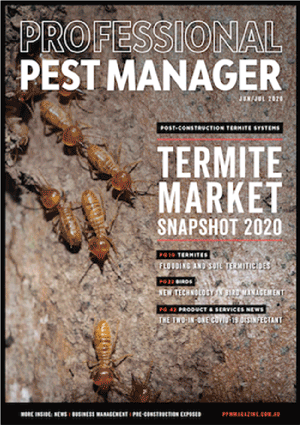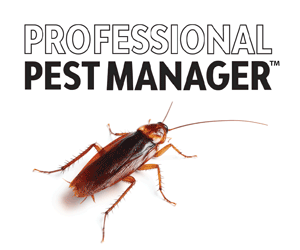A five-point guide to best practice for handling rodenticide baits.
Although rodent baits have come a long way since the single-dose, highly toxic poisons of the 1950s, modern rodenticides must still be treated with great caution. Second-generation anticoagulants are toxic to warm-blooded animals – think pets, children and fellow pest managers – so here is a five-point refresher on how to safely manage your rodenticide baits.
- Storage
Keep bait in a tightly closed container in a cool, dry area being careful not to store rodent baits near to other pesticides, particularly those that may have a strong odour. When on the job, close and seal containers immediately after use to minimise deterioration and ingress of stored product pests. Try to minimise shaking the containers as physical damage (crumbling) may occur, especially to block and pellet baits. Keep baits out of direct sunlight; keeping them on the tray of a utility vehicle, even for a short period, is a not a good idea.
- Physical handling
Always wear gloves, preferably the disposable type, when touching or placing rodenticide baits. While serving as personal protection, gloves will also stop the transfer of unwanted scents onto the bait. Avoid using talcum-coated disposable gloves, as these may also reduce the attractiveness of the bait. If choosing to wear reusable rubber or vinyl gloves, ensure that these are only to be used with rodenticide.
- Locked and secured
For best practice, always keep bait secured, whether in storage or while on the job. In storage, this simply involves a sealed container, out of the reach of children, animals or foodstuff, in a locked room or in a locked cabinet. Securing baits on the job requires the use of bait stations, however in hard-to-access areas, using flat head nails or wire loops will normally suffice. Resist the temptation to carry baits from your vehicle to the treatment site by hand, as pet dogs can be quick to snatch colourful ‘treats’ from a pest manager’s hand.
- Personal protection
Wearing gloves when working with rodenticides – or with rodents – is a given, as is washing your hands with soap and water after each baiting job. (It’s also good practice to keep a small bottle of waterless alcohol-based hand rub in your vehicle.) In enclosed spaces where rodents have been highly active, wear goggles and a respirator, and include the respirator filter in your decontamination process at the end of the job.
- Toxicity
Be aware of the toxicity of any selected bait, both primary and secondary, and consider using the least toxic bait that will be effective in any situation. Also consider using a monitoring bait such as Bell Laboratories’ Detex for maintenance baiting, as this non-toxic bait enables pest managers to track rodent behaviour without the need for using harmful ingredients.


